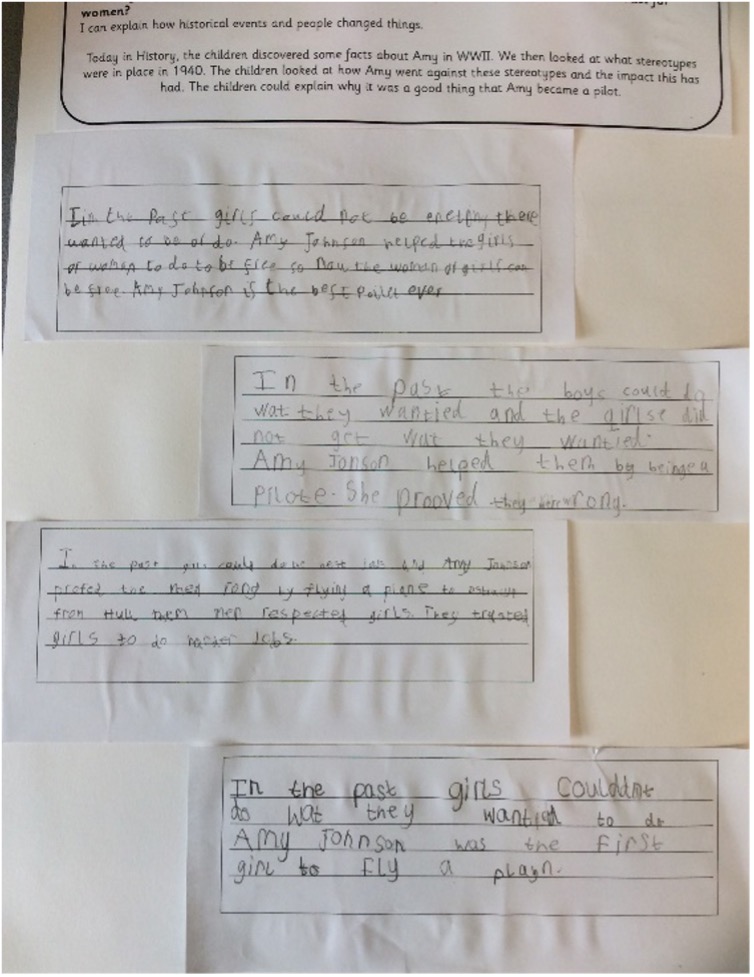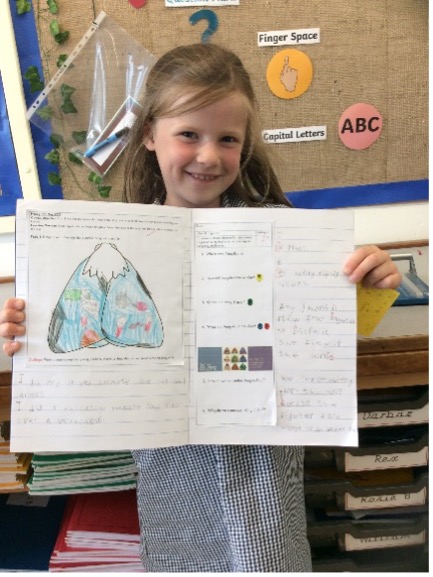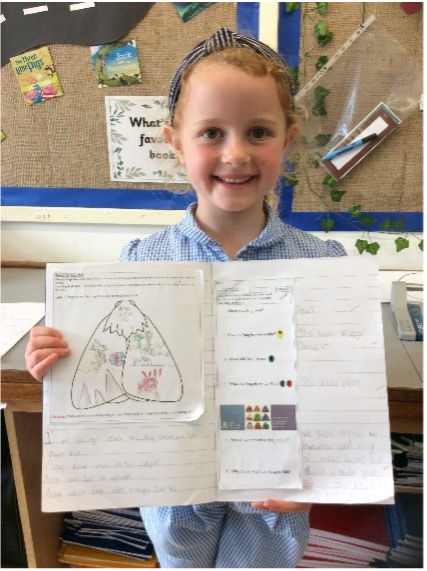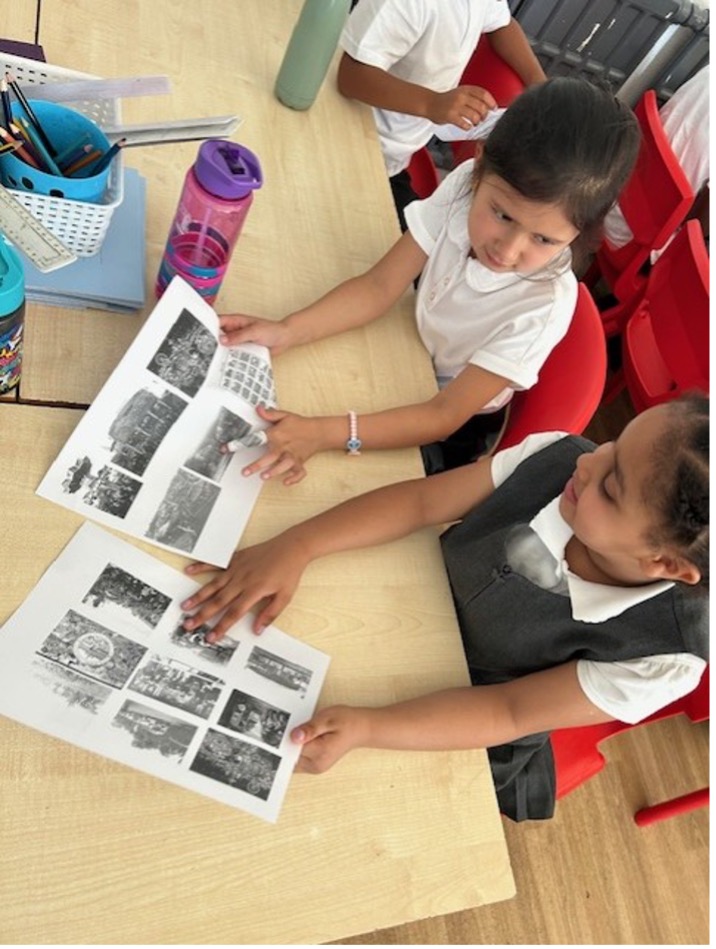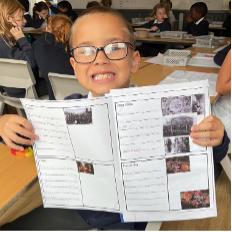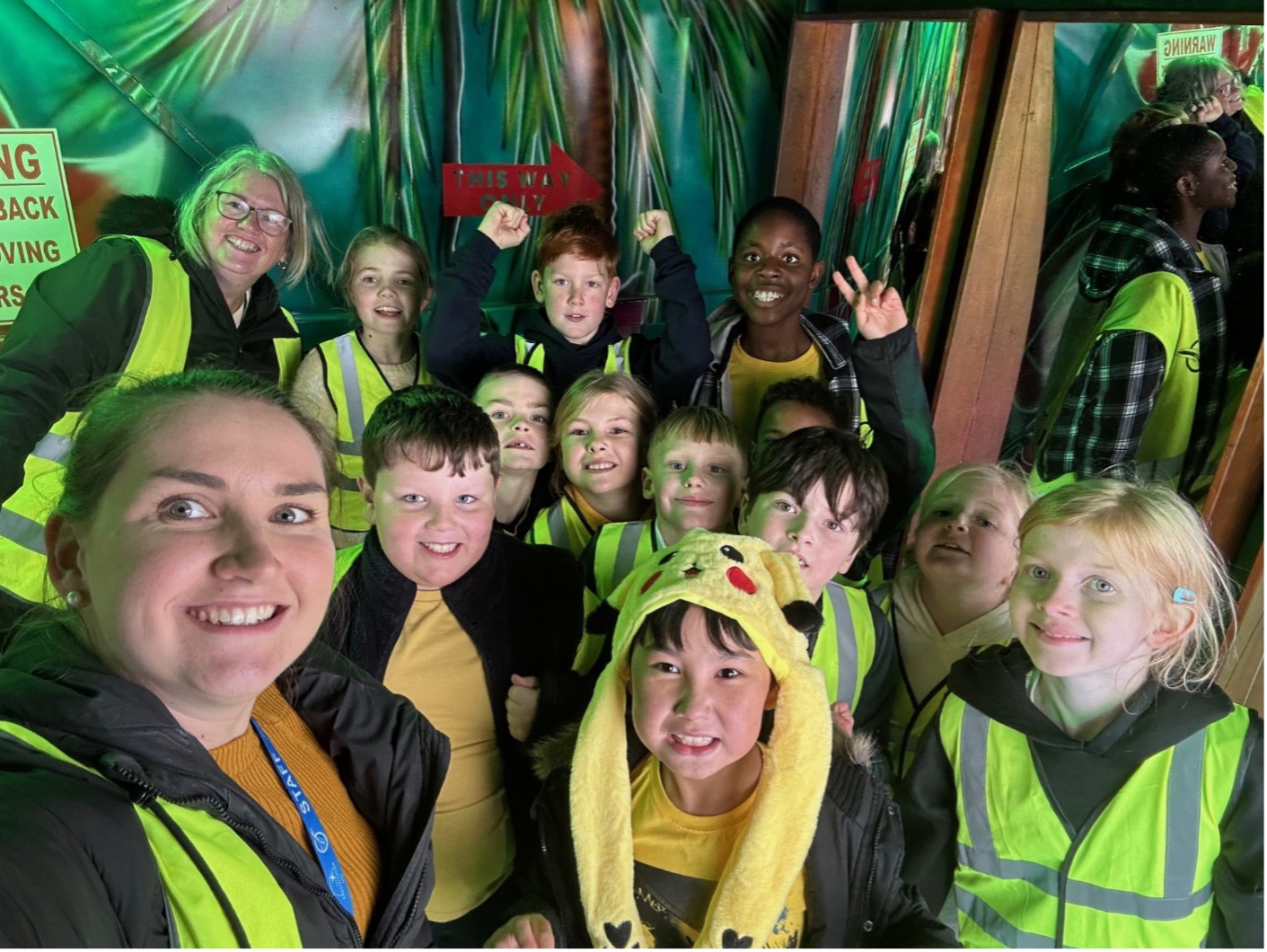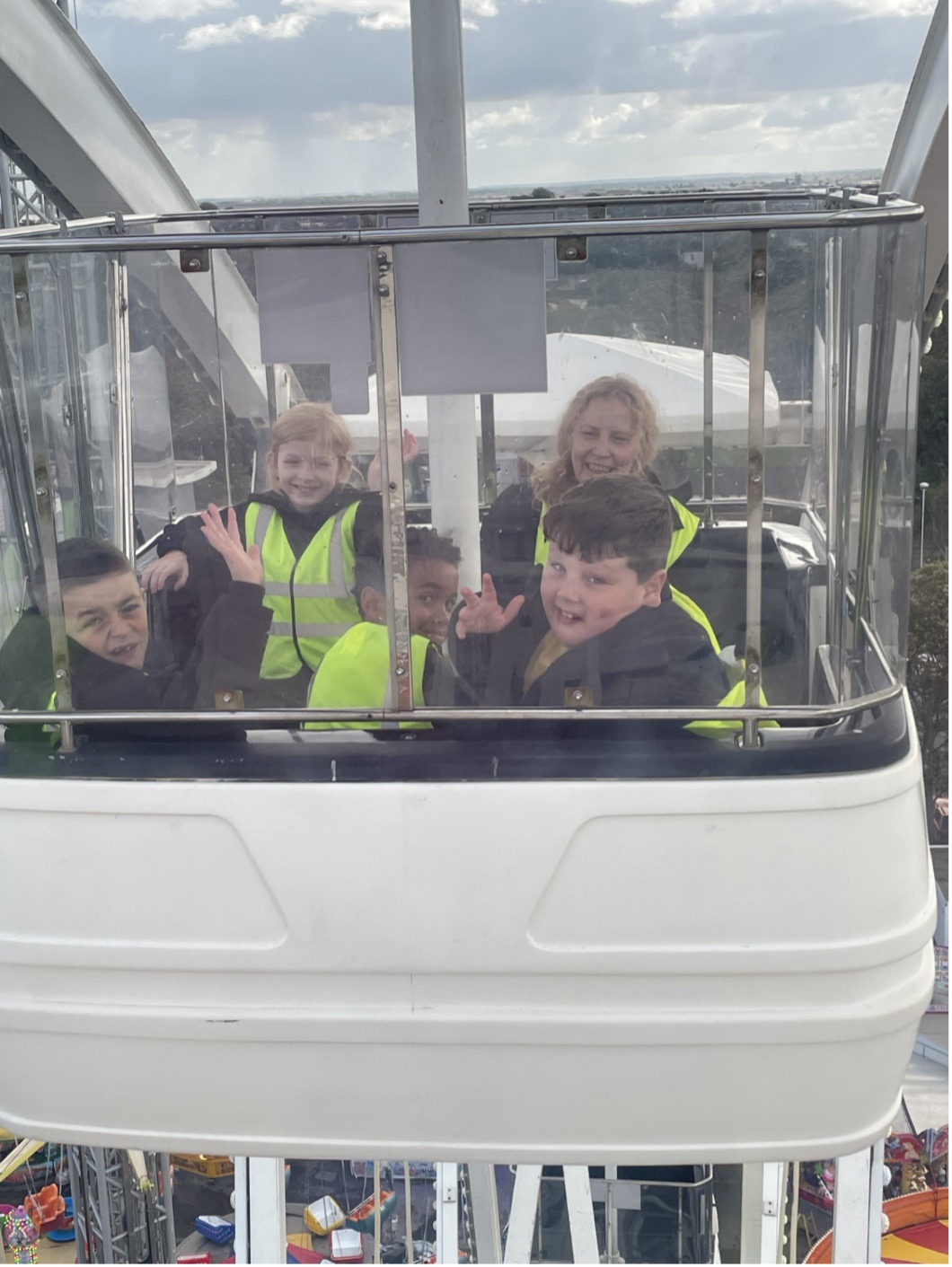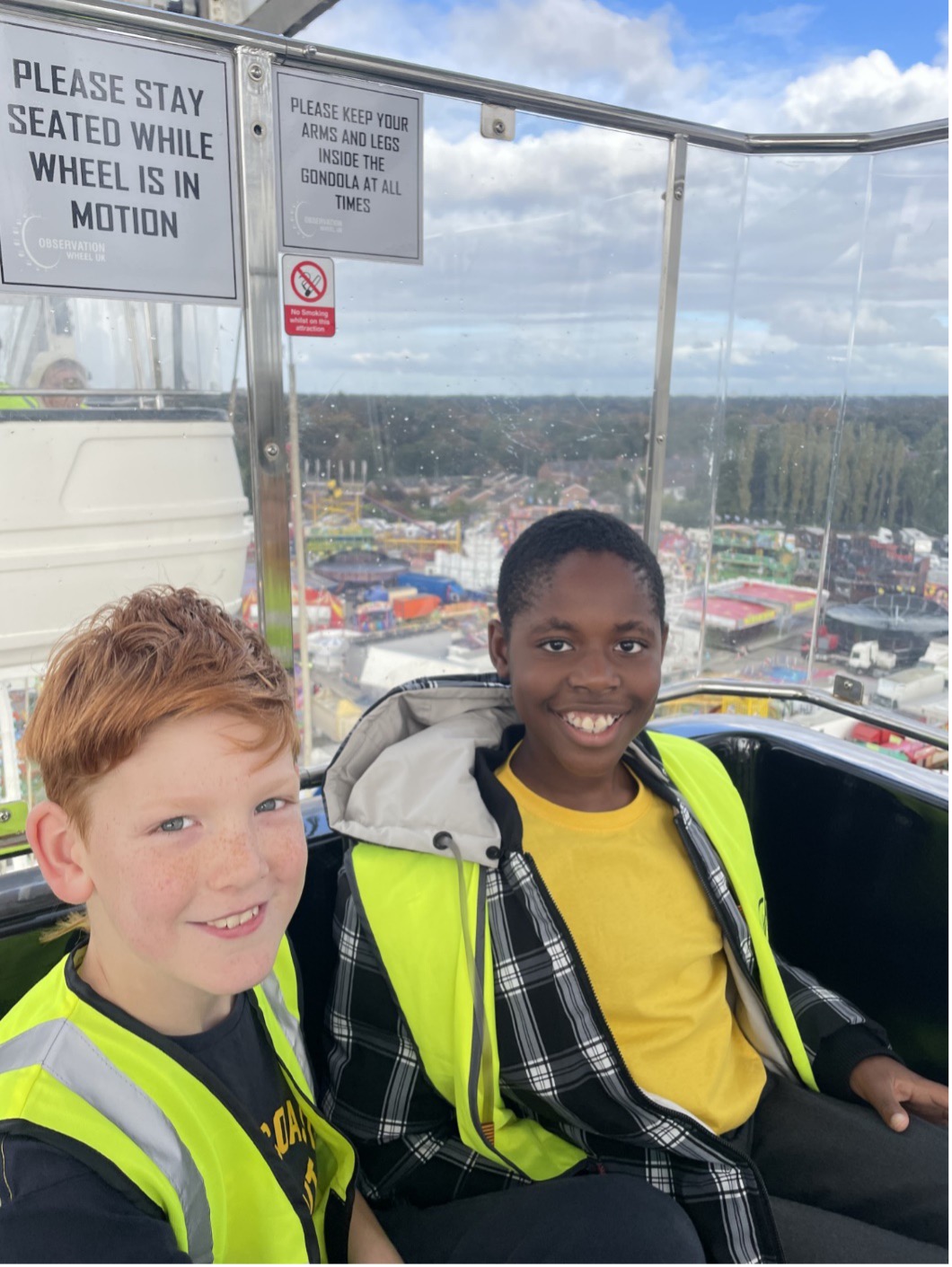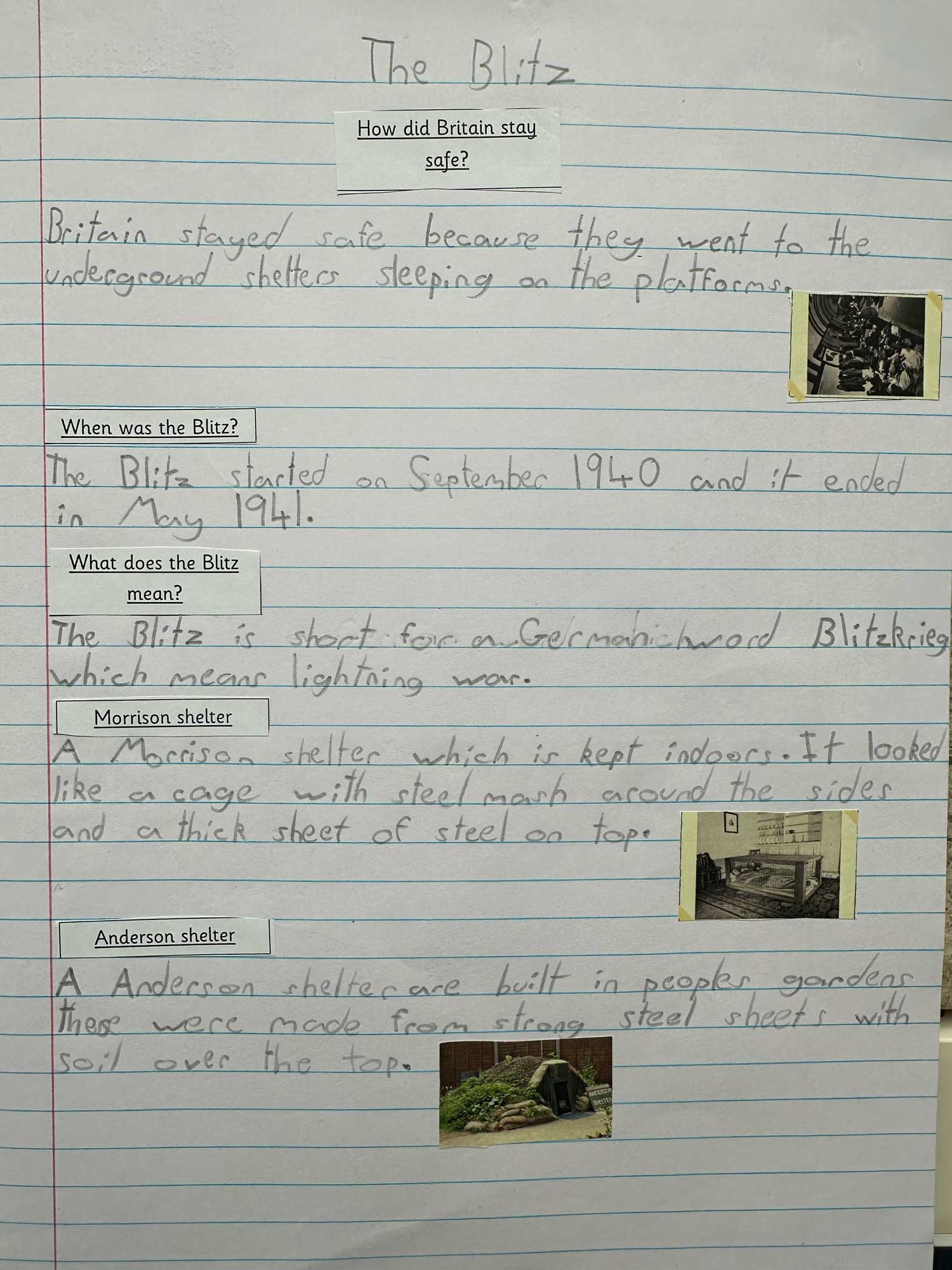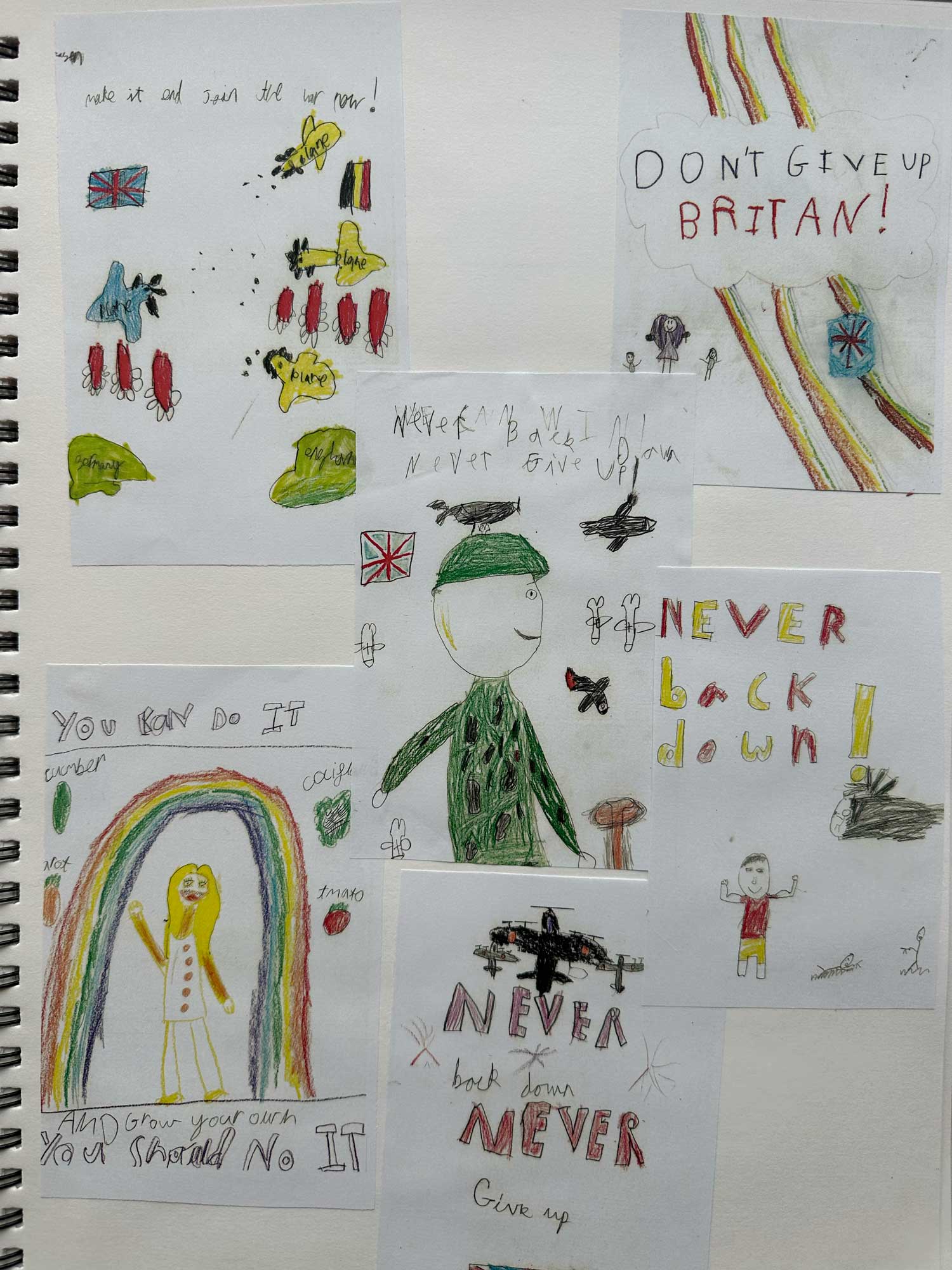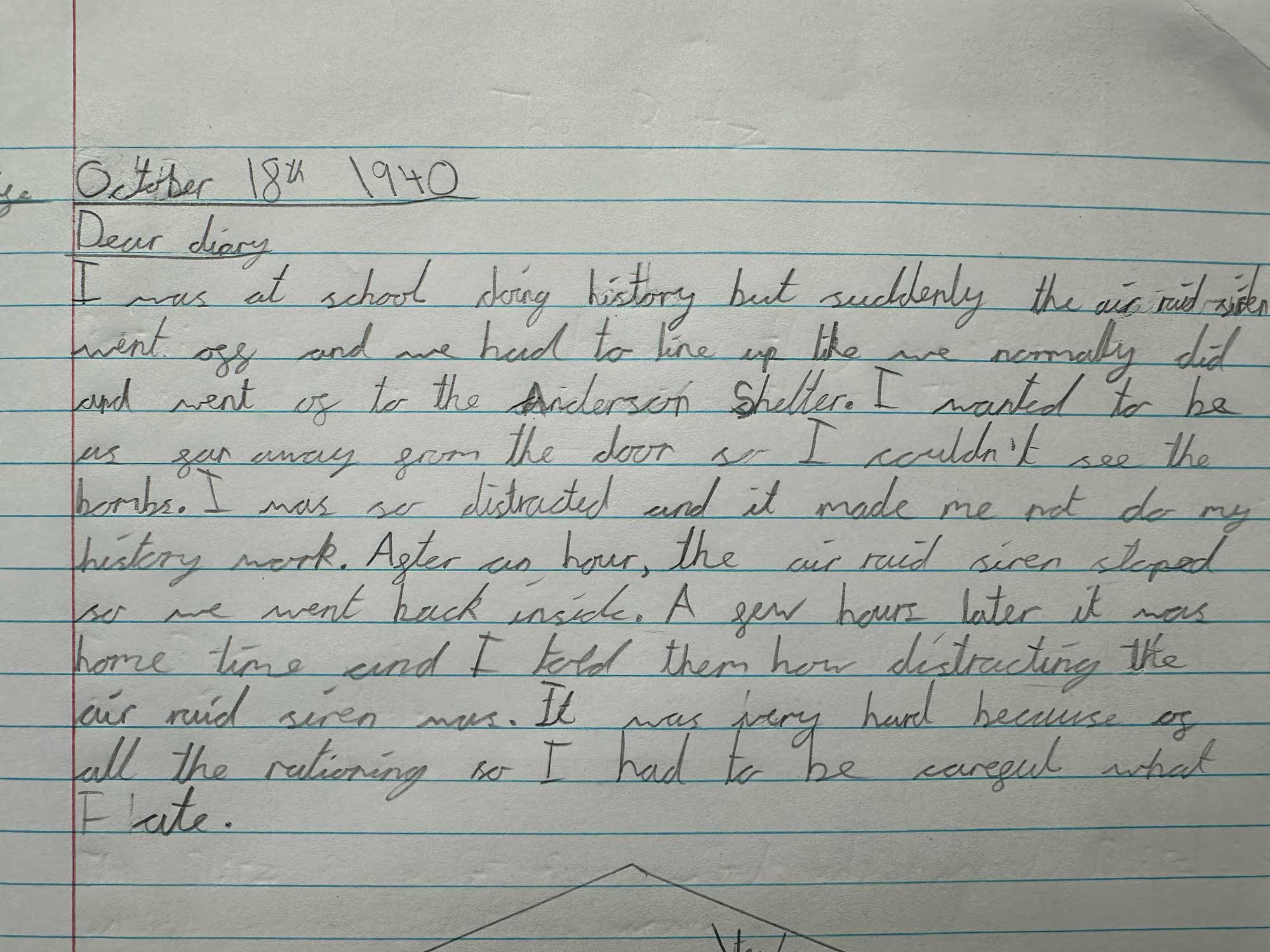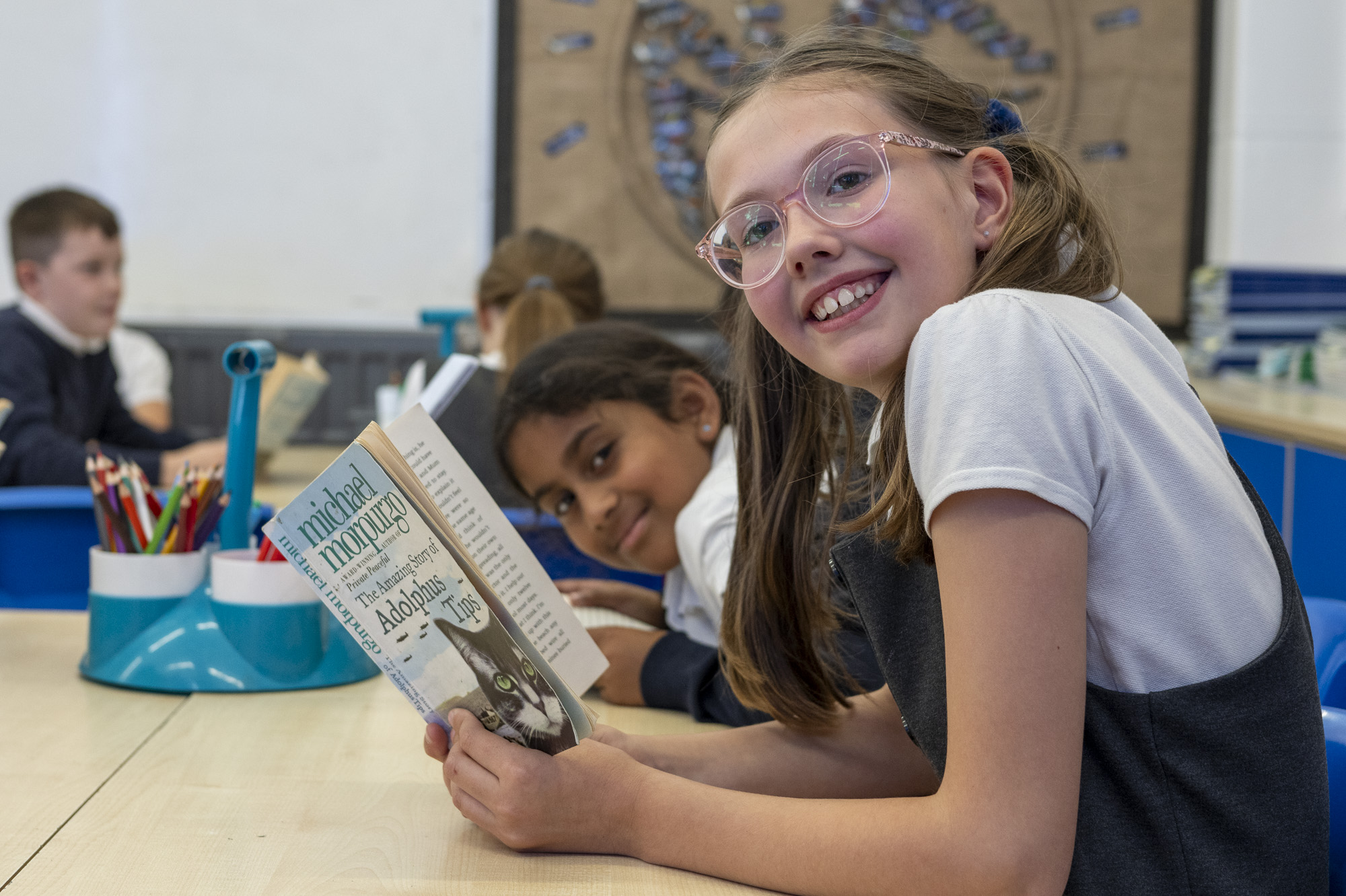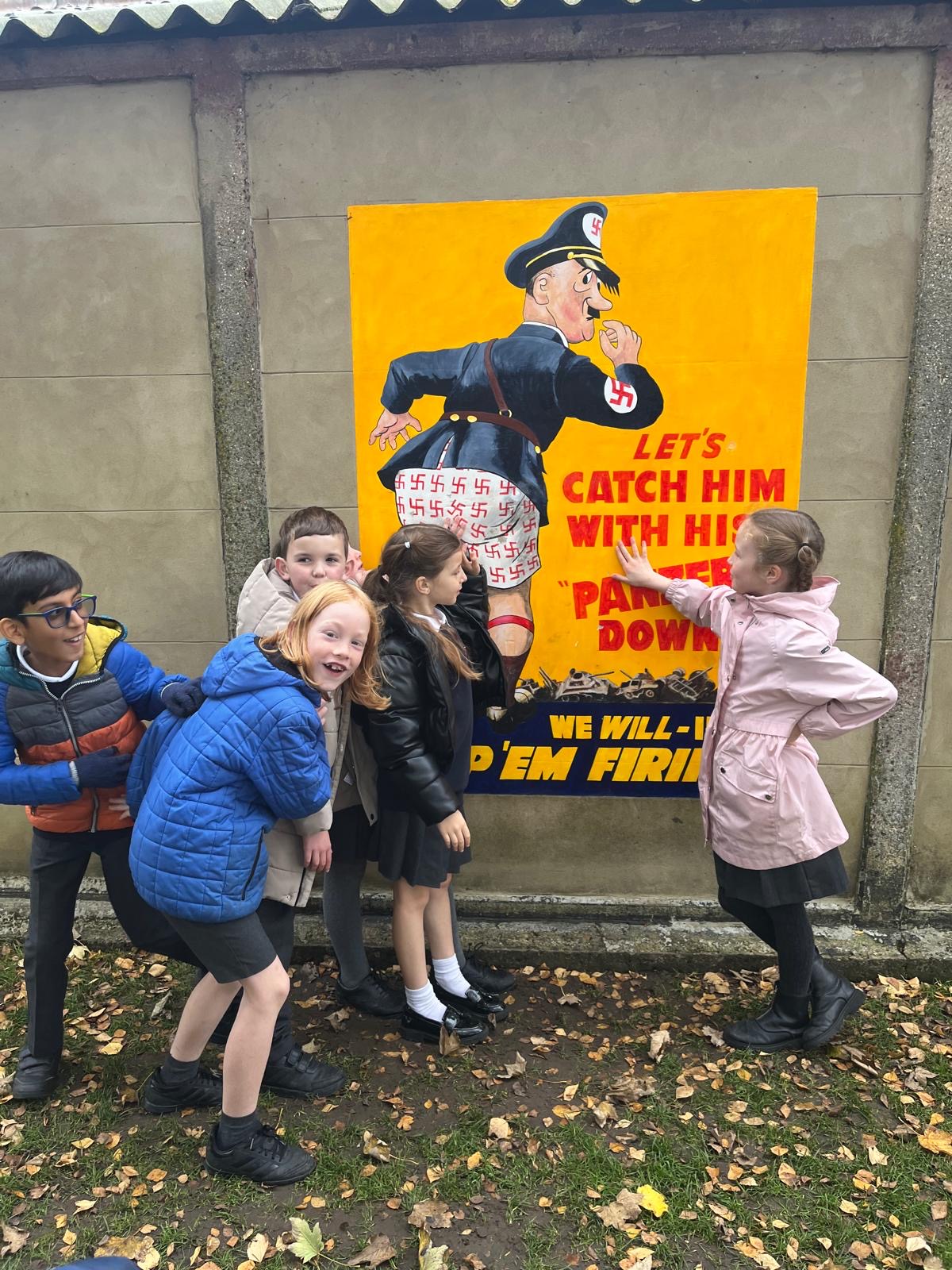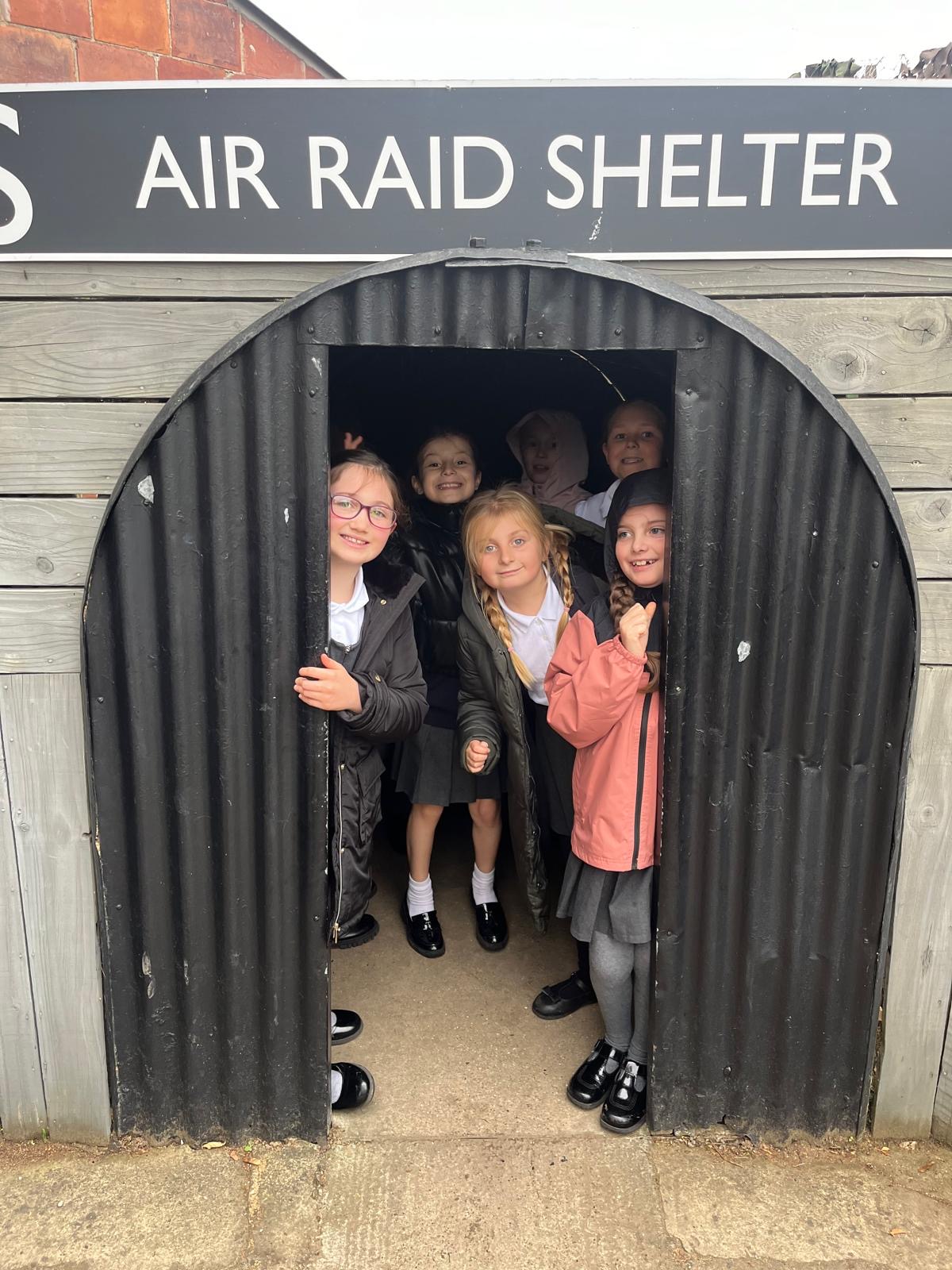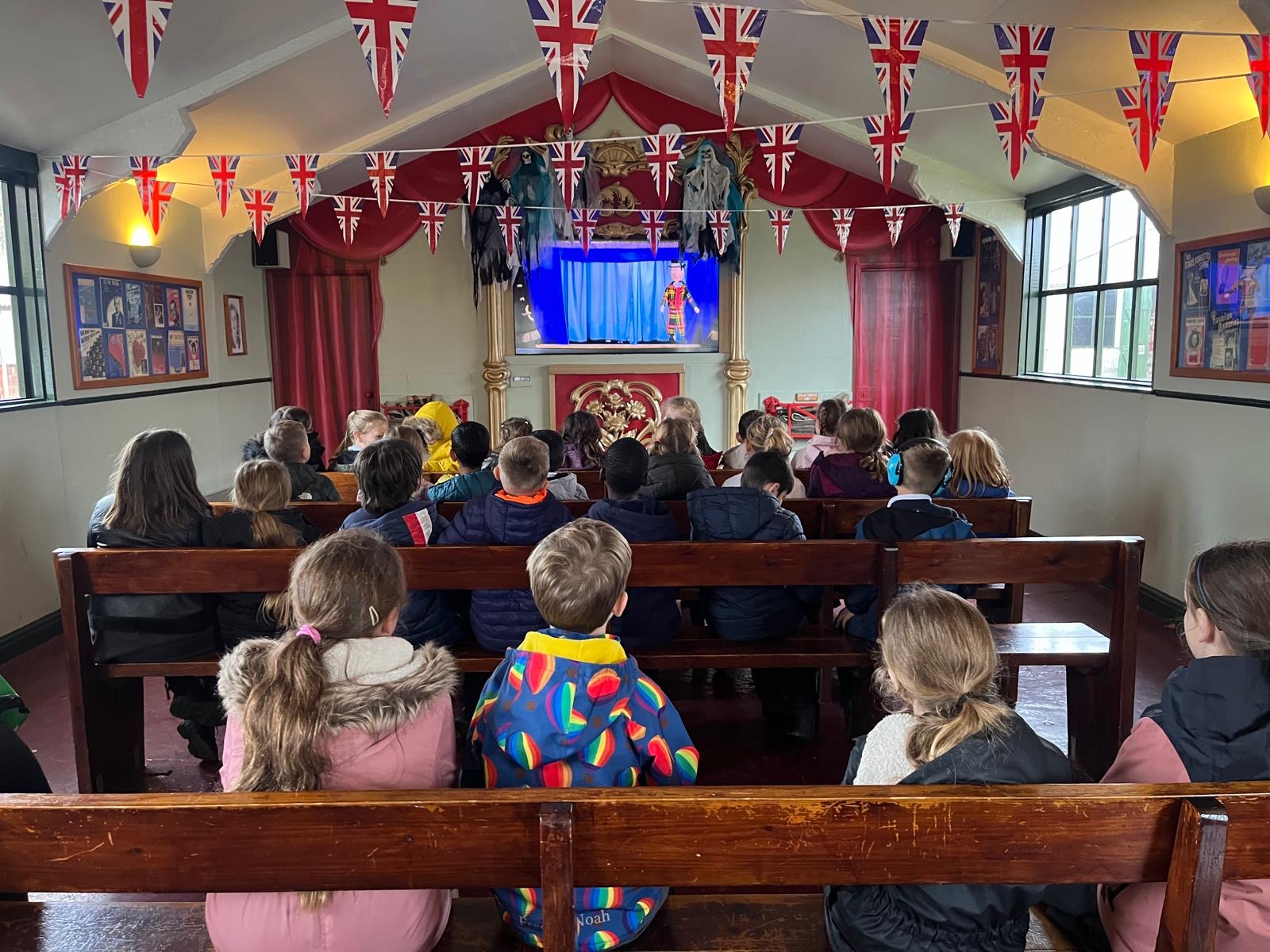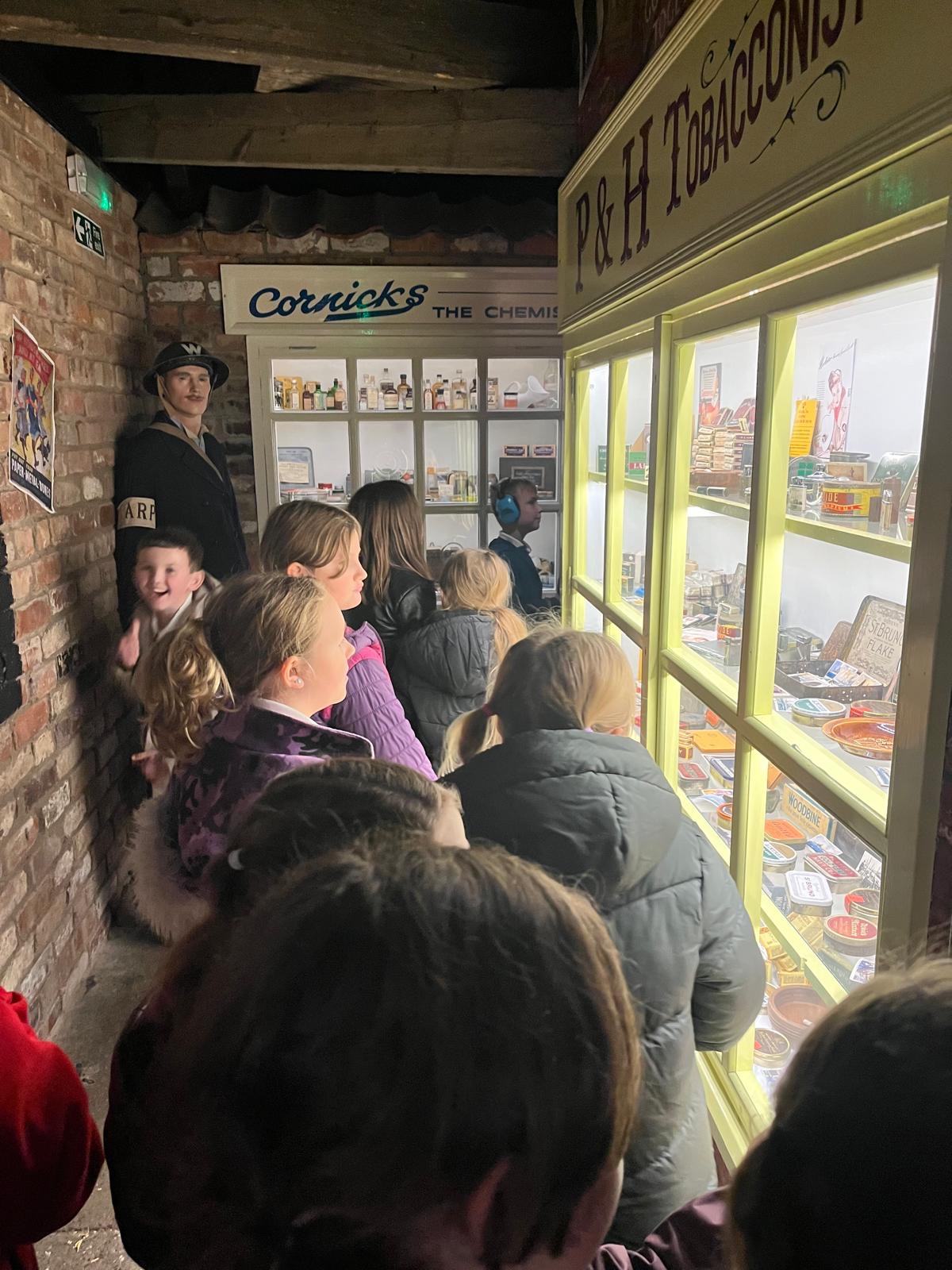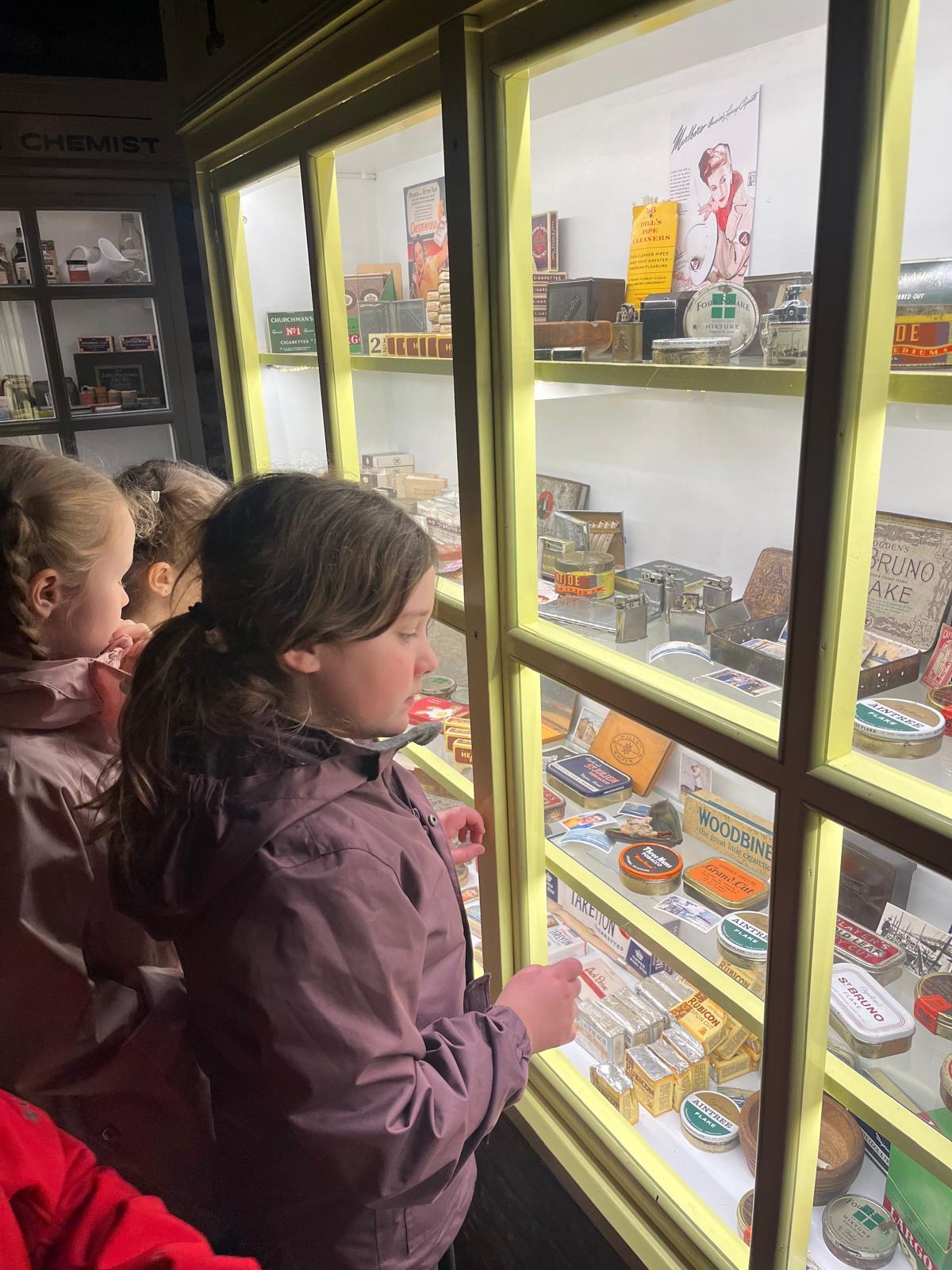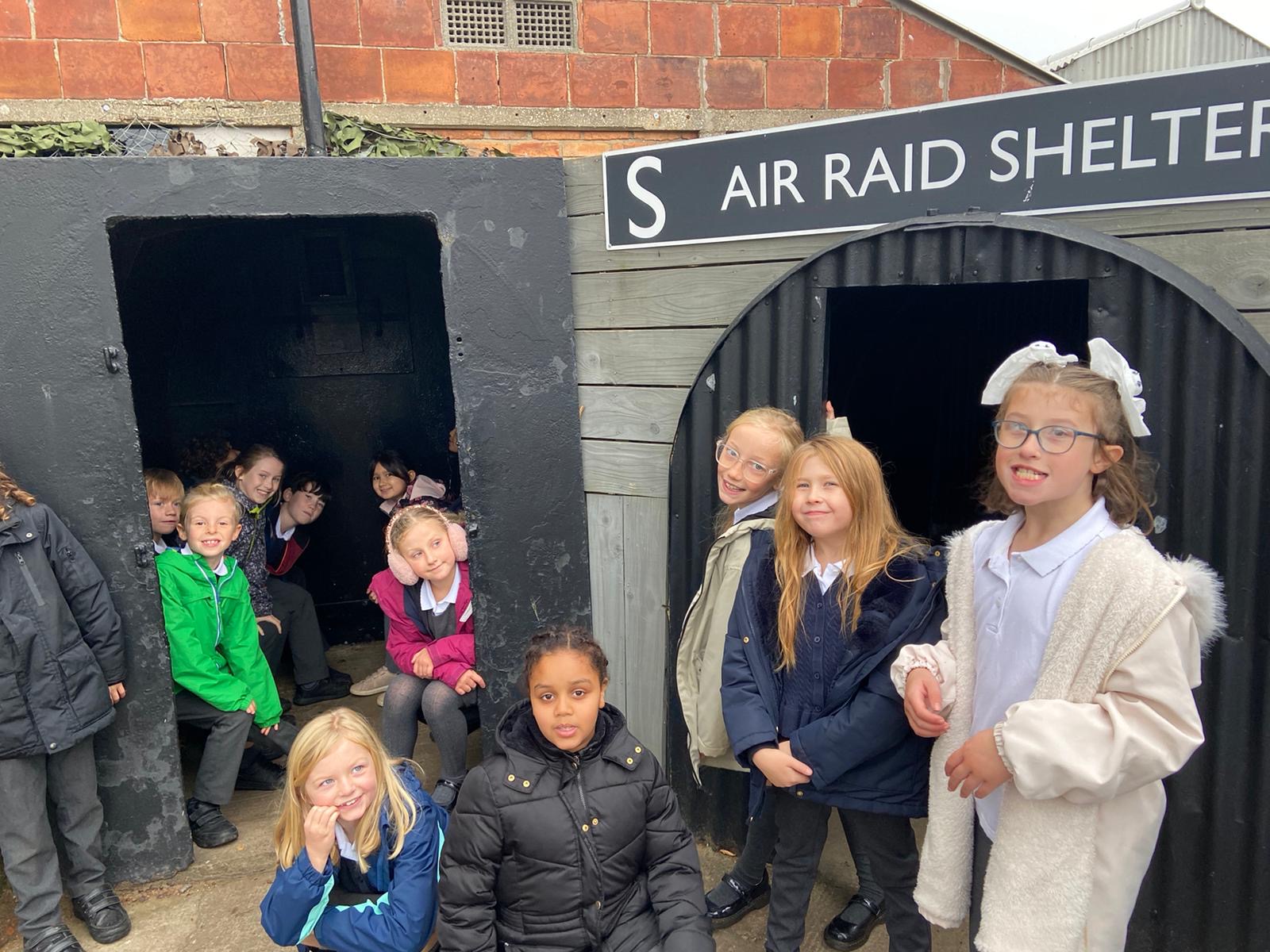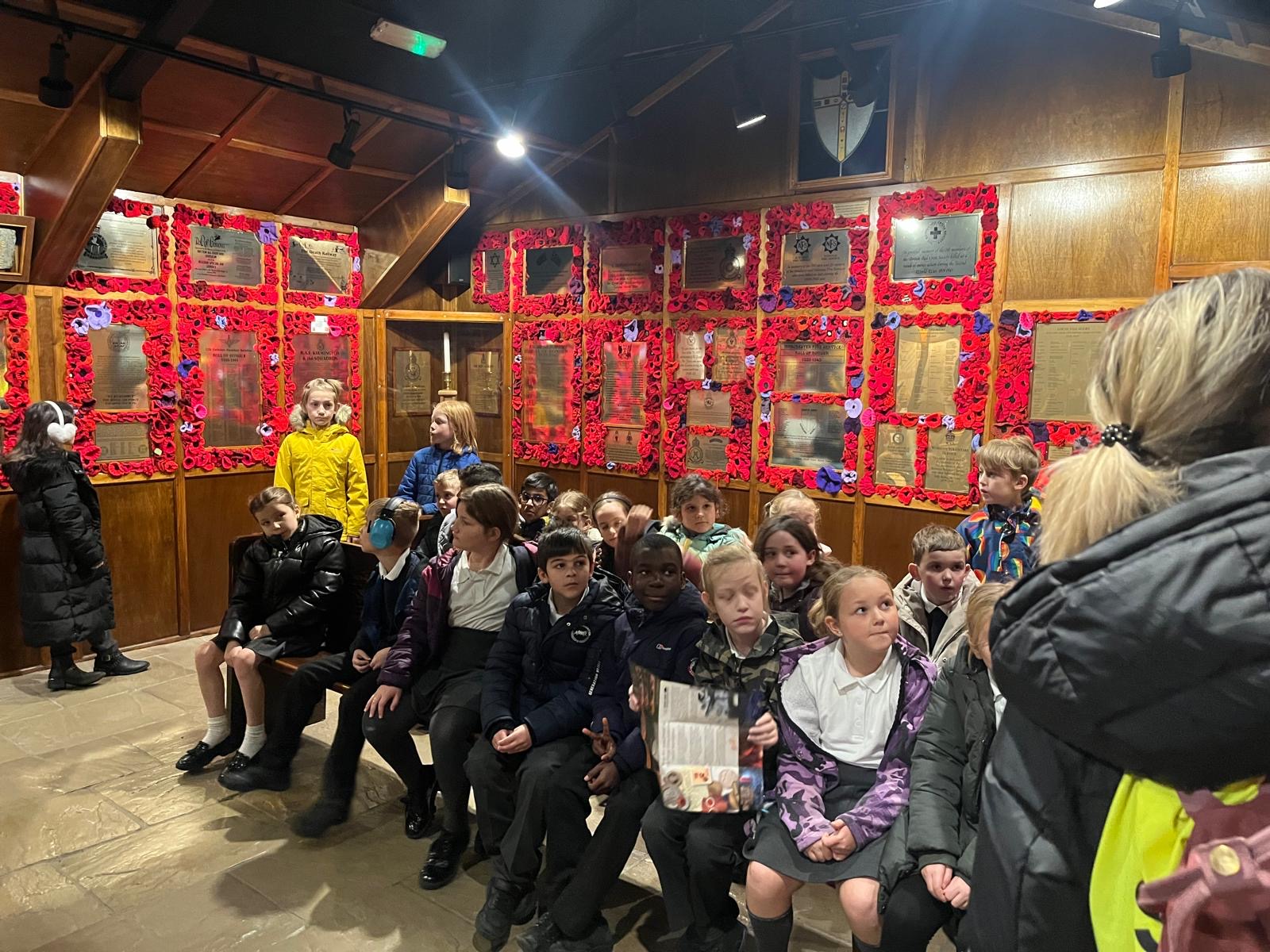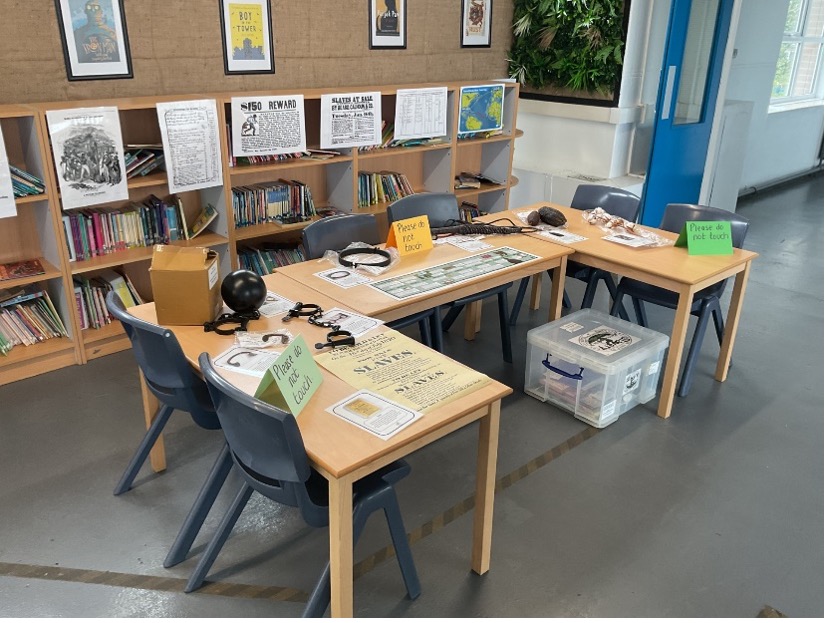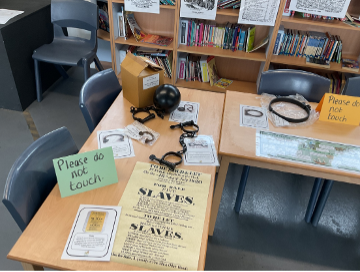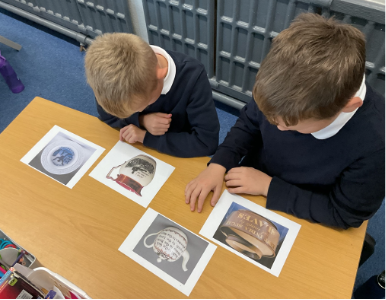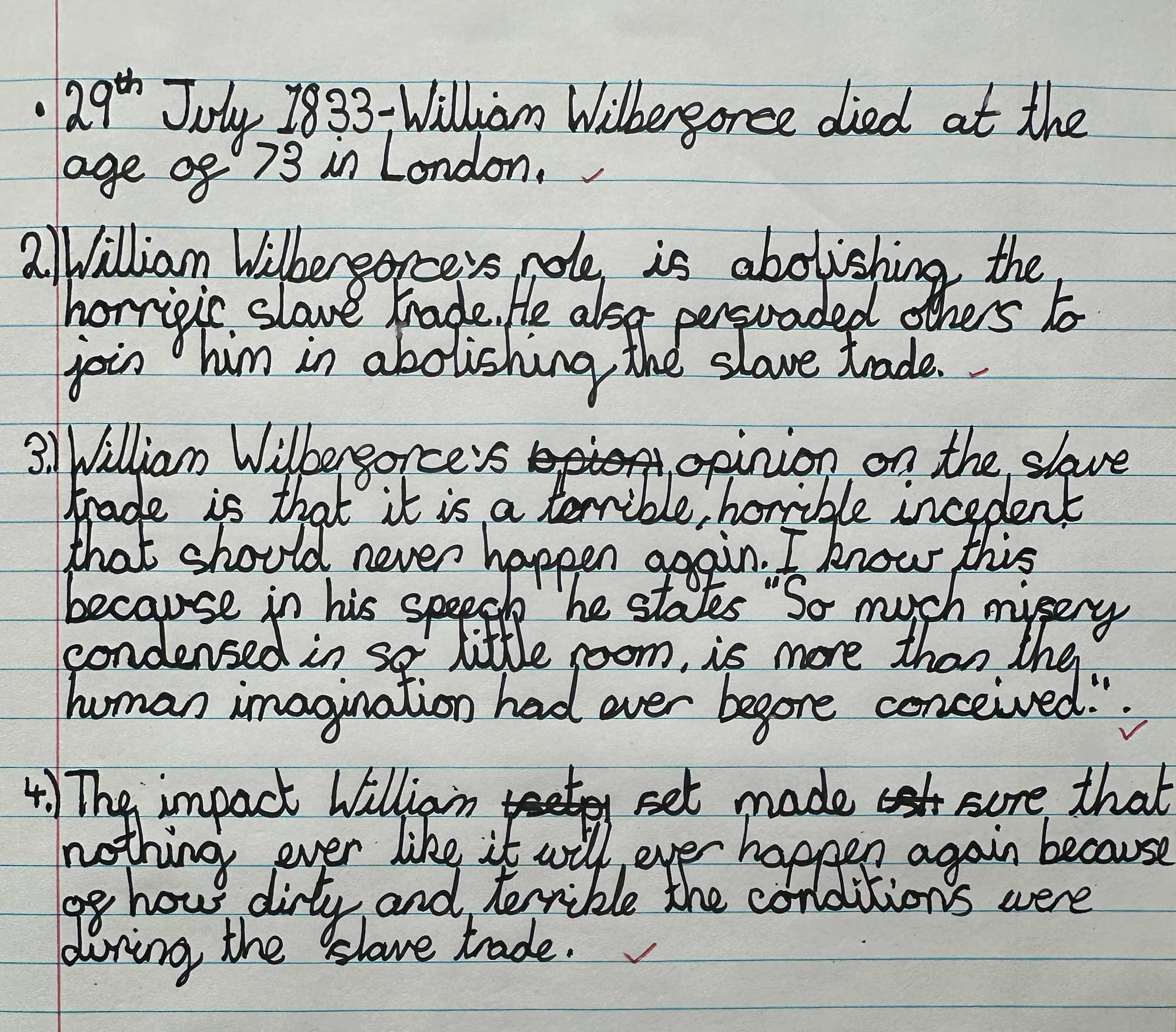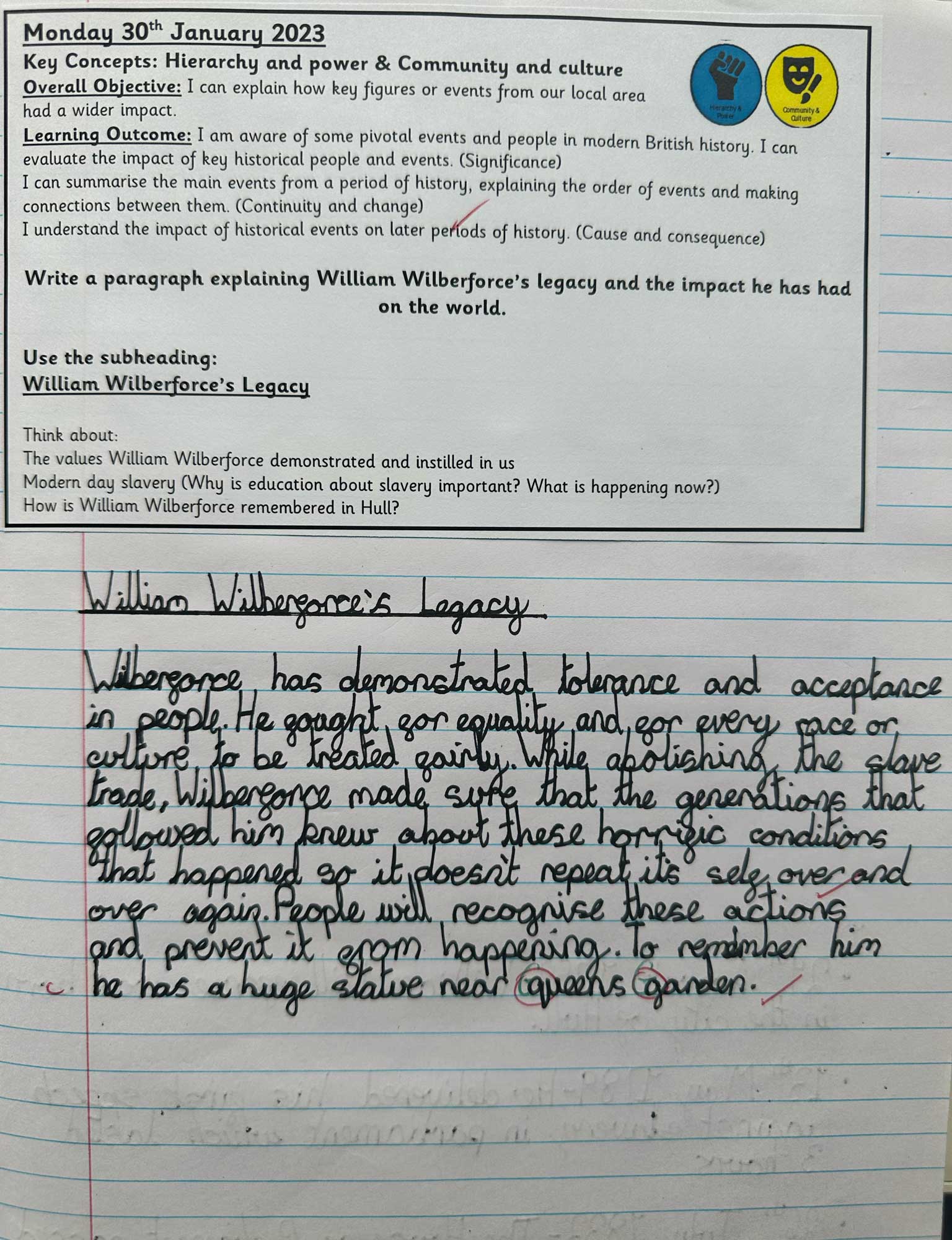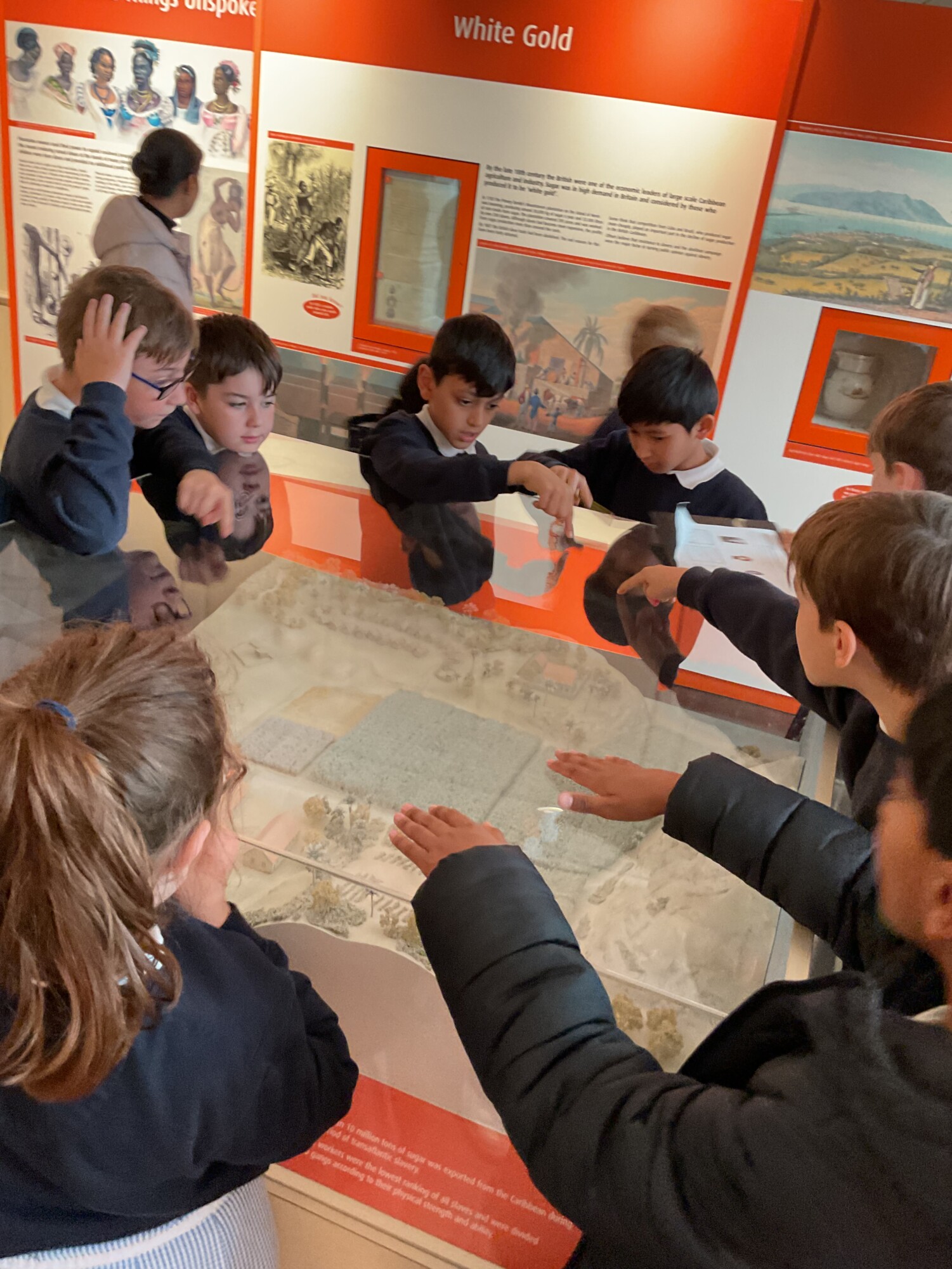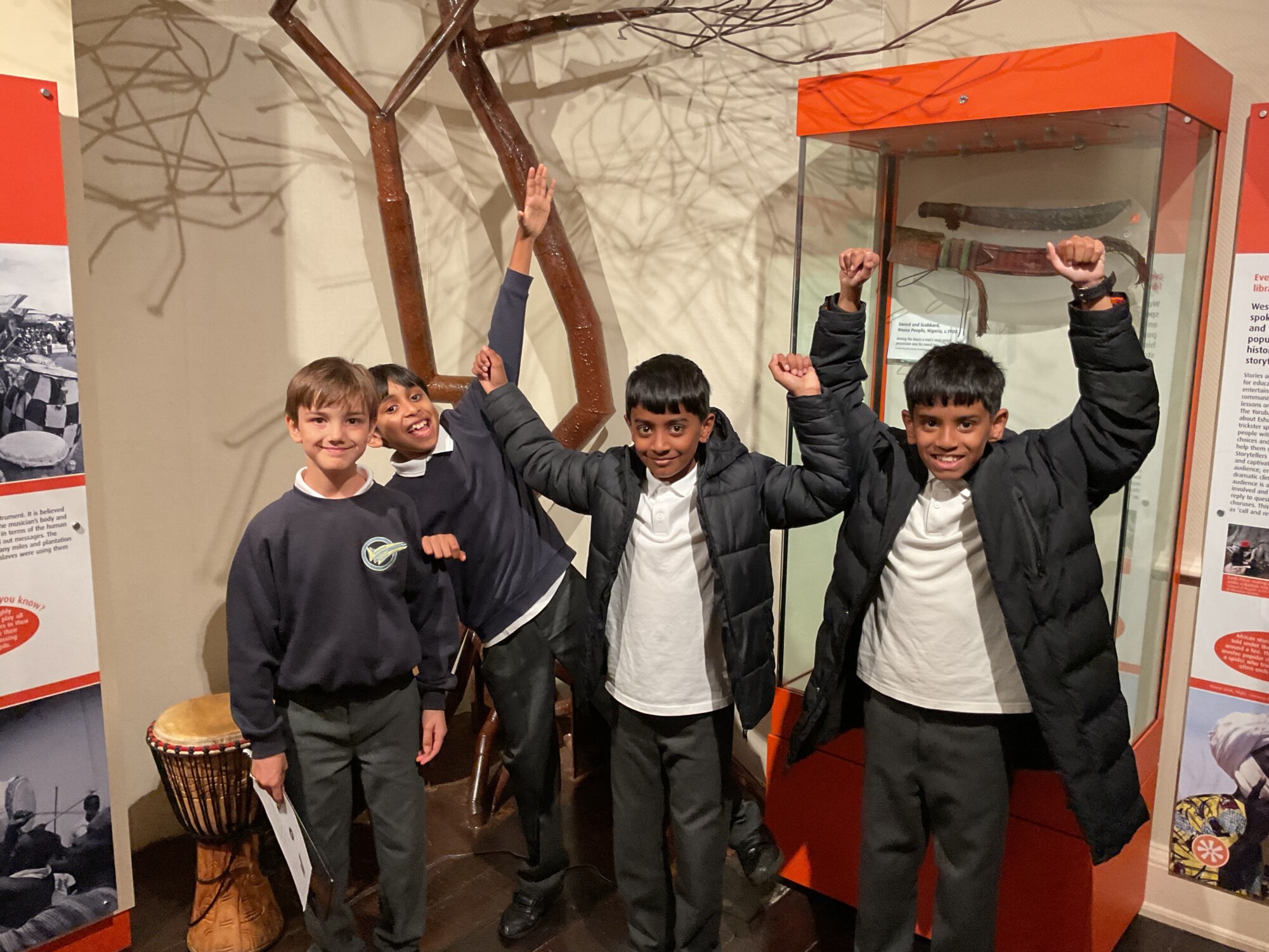In Year 1, children embark on an exciting journey into local history by exploring the life and legacy of Hull-born aviator Amy Johnson, one of the city’s most famous and inspiring figures. The pupils learn about her early life growing up in Hull, gaining insight into what life was like in the early 20th century and how Amy’s determination and passion for aviation set her on a path to achieve incredible feats.
The study of Amy Johnson’s legacy goes beyond just her flying accomplishments. It also looks at how Hull continues to honour her memory, from statues and street names to exhibitions and events celebrating her life. This exploration helps children recognise how local history is not only about the past but is also part of the present, shaping the community’s identity. Through learning about Amy Johnson, Year 1 pupils not only develop an appreciation for history but also draw valuable lessons about resilience, ambition, and the importance of following one’s passions.
In Year 3, children delve into the fascinating history of Hull Fair, one of the oldest and largest travelling fairs in Europe. With a history spanning over 700 years, Hull Fair offers a rich tapestry of stories that reflect the changing social and cultural landscape of the city. The pupils explore how the fair began as a trade and market event in the 13th century, originally established by a royal charter granted in 1278, and how it gradually transformed into a beloved annual tradition featuring entertainment, rides, and attractions.
The children learn about the fair’s evolution over the centuries, from its early days of traders and livestock markets to the introduction of amusements, steam-powered rides, and eventually, the thrilling modern attractions we see today. The unit examines how Hull Fair has adapted to the times, responding to changes in technology, entertainment, and even overcoming disruptions such as wars and economic challenges. The lessons bring to light how the fair has not only provided joy and excitement for generations but also played a significant role in shaping Hull’s identity and sense of community.
As part of the History Club, children have the exciting opportunity to visit Hull Fair themselves, where they can see firsthand the vibrant atmosphere, dazzling lights, and variety of attractions that make the event so special. During the visit, they observe traditional stalls and newer rides, engage with stallholders to learn about the history of the fair, and even discuss the cultural significance of this historic event with fairgoers. This immersive experience allows the pupils to connect their classroom learning with real-life history, deepening their appreciation for Hull Fair’s ongoing legacy as a cherished part of the community’s heritage.
In Year 4, children embark on an in-depth exploration of World War II, focusing on the significant impact it had on Hull’s community, particularly during the Hull Blitz. They learn about the historical events leading up to the war, the reasons behind the conflict, and how Hull became a target due to its strategic location as a major port and industrial hub.
The children dive into the dramatic events of the Hull Blitz, when the city faced heavy bombing raids, resulting in widespread destruction and hardship for local families. Through first-hand accounts, historical documents, and photographs, they gain insight into what life was like for people living through the air raids. The lessons cover topics such as evacuation, rationing, and how the local community pulled together to support each other during these challenging times.
In Year 5, children embark on an important and thought-provoking study of William Wilberforce, one of Hull’s most significant historical figures, whose legacy played a crucial role in shaping modern history. The unit introduces pupils to Wilberforce’s life, from his upbringing in Hull to his role as a Member of Parliament, and his tireless campaign against the inhumane practice of the Transatlantic Slave Trade. Through this exploration, children not only learn about Wilberforce’s impact but also gain a deeper understanding of the broader historical context that allowed such injustices to occur.
The lessons address the harsh realities of the Transatlantic Slave Trade, focusing on the brutal treatment of enslaved people, including the horrific conditions they endured during the Middle Passage and the severe exploitation they faced on plantations. By linking these events to Wilberforce’s life, the children learn about his journey from a young man with social and political influence to a passionate abolitionist who dedicated his life to ending slavery. They examine how his speeches, petitions, and collaboration with other abolitionists, such as Olaudah Equiano and Thomas Clarkson, helped to raise awareness and build a movement that eventually led to the passing of the Abolition of the Slave Trade Act in 1807.
The unit delves into challenging concepts such as hierarchy, power, and social justice, prompting pupils to discuss how the societal structure and cultural attitudes of the time allowed the exploitation of enslaved people. They explore the idea of moral responsibility and the courage it took for individuals like Wilberforce to stand up against deeply entrenched beliefs and systems. The lessons encourage children to reflect on the role of individuals and communities in challenging unfair practices and advocating for change, both in the past and today.
To make the learning experience more meaningful, children engage in a variety of activities, such as examining historical documents and creating timelines of Wilberforce’s life. They also visit local landmarks, such as Wilberforce House Museum, where they can see exhibits and artefacts related to Wilberforce’s work and the history of the slave trade, making the connection to their local heritage more tangible.
Through this comprehensive study, Year 5 pupils not only gain historical knowledge but also develop a sense of empathy and an understanding of social justice. The unit provides an opportunity to discuss how Wilberforce’s legacy continues to inspire movements for equality and human rights today, helping children recognise the importance of standing up for what is right and being active participants in shaping a fairer society.



